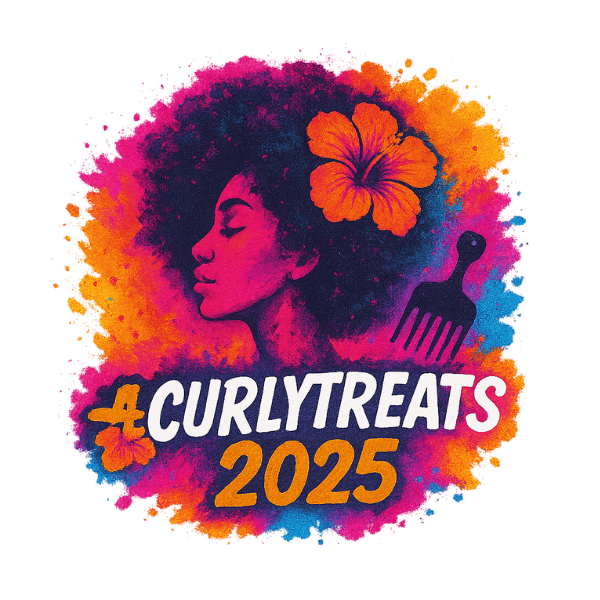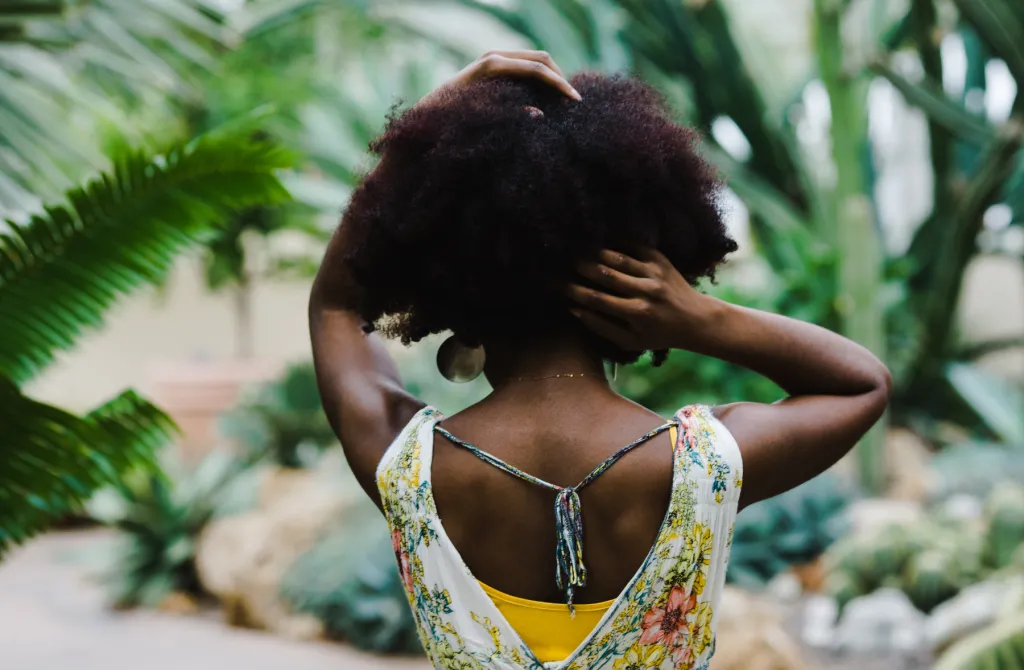Natural hair is a whole journey – and one that most with textured hair have been figuring out in real-time, through YouTube tutorials, TikTok tips, and passed-down wisdom – and attending events like ours, CURLYTREATS Festival. Along that journey, one term has been at the centre of almost every routine: protective styles.
For years, we’ve been told that box braids, wigs, twists, and sew-ins are the go-to for growing longer, healthier hair. But lately, the natural hair community has been asking a much-needed question:
“Are these styles actually protecting our hair – or are we just calling them that because they look neat and last long?”
Let’s get into it. Because not every protective style is giving what it’s supposed to give.
What is a protective style, really?
At its core, a protective style should do three things:
- Reduce manipulation (less daily combing or styling)
- Tuck away the ends (your hair’s most fragile part)
- Support length and moisture retention
Classic examples include:
- Flat twists
- Two-strand twists
- Cornrows (with or without added hair)
- Low buns
- Mini twists
They’re meant to nurture your hair, not just hide it. And this is where things are starting to get blurry.
The aesthetic overload: when “protective” becomes performative
The natural hair space has become increasingly aesthetic-focused. We love a clean part, a juicy twist-out, or floor-length knotless braids. But somewhere along the line, the term protective style became more about appearance than purpose.
The goal has shifted for many people from protecting the hair to simply concealing it, so the final result is camera-ready. But many of those styles can be damaging, especially when worn improperly or installed too tightly. While your selfies are fire, your scalp might be silently struggling.
Signs your “protective” style isn’t actually protective
If your style includes any of the following, it may be time to rethink whether it’s truly protective:
- Tension headaches or sore scalp after installation
- Thinning edges (even with “edge control”)
- Styles left in 6–8 weeks without any washing or hydrating
- Heavy added hair that puts pressure on your roots
- Breakage during takedown
- Itching or dryness, with no routine care under the style
Protective = one-size-fits-all - let’s reframe the language
Instead of lumping every long-lasting hairstyle into the “protective” category, let’s start using language that reflects what the style actually does:
| Category | What it really does | Examples |
|---|---|---|
| Protective style | Shields ends, retains moisture, reduces breakage | Flat twists, halo braids, tucked buns |
| Concealing style | Hides natural hair but requires maintenance | Wigs, sew-ins, faux locs |
| Low-manipulation style | Reduces daily handling, doesn’t always tuck ends | Twist-outs, braid-outs |
| Rest style | Gives your hair and scalp a break from tension | Mini twists, no-style weeks, loose plaits |
This isn’t just about semantics. It’s about reclaiming the intention behind your style.
Why intent matters more than the look
Wearing braids because your twist-out doesn’t hold is understandable. So is hiding your hair under a wig during exam season, travel, or just because you're tired. But we shouldn’t always assume that these choices equal protection — sometimes they’re simply about convenience or avoiding judgment.
What’s not okay is neglecting your hair underneath and expecting growth or progress. Intentional hair care means doing what works for your hair health, not just what looks good in pictures or fits a trend.
How to actually protect your hair (regardless of the style)
Here are practical tips for truly protecting your hair:
- Prep before styling: Don’t install on dry, weak hair. Do a protein treatment, moisturise, detangle, and trim ends beforehand.
- Avoid tension: Styles shouldn’t hurt. If it pulls, it’s a no. Let go of the myth that “pain is beauty.”
- Keep your scalp healthy: Use a light oil or mist to hydrate your scalp two to three times a week, even under braids or wigs.
- Time your styles wisely: Most protective styles should stay in no longer than four weeks unless you're refreshing or rehydrating weekly.
- Take breaks: Let your scalp breathe between installs. Avoid going from wigs to braids to weaves back to back.
Let’s have the real conversation
This isn’t about cancelling wigs or braids. This is about being honest with ourselves. If you're choosing a style because you’re frustrated with your natural texture, feeling insecure about shrinkage, or just too tired to deal with your hair — that’s valid. You are not alone.
But let’s stop hiding under the label “protective” when what we’re really doing is protecting ourselves from discomfort - not protecting our actual strands.
Your hair doesn’t need to be “manageable” or “perfect” to be beautiful. It needs to be respected, understood, and cared for.
TL;DR - it’s time to be honest
Not every “protective style” is protecting your hair. Some are simply long-lasting, trendy, or convenient - but also potentially damaging.
Protectiveness isn’t about how a style looks. It’s about how it functions.
Your hair is not difficult - it’s just unique.
Choose styles with purpose, not pressure.
So next time you call something protective, ask yourself:
Is this style actually protecting my hair - or just protecting my image?
Because your crown deserves better than a label. It deserves care, intention, and truth.




